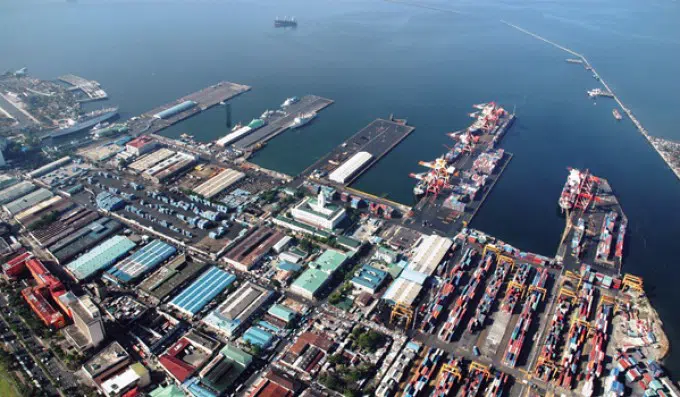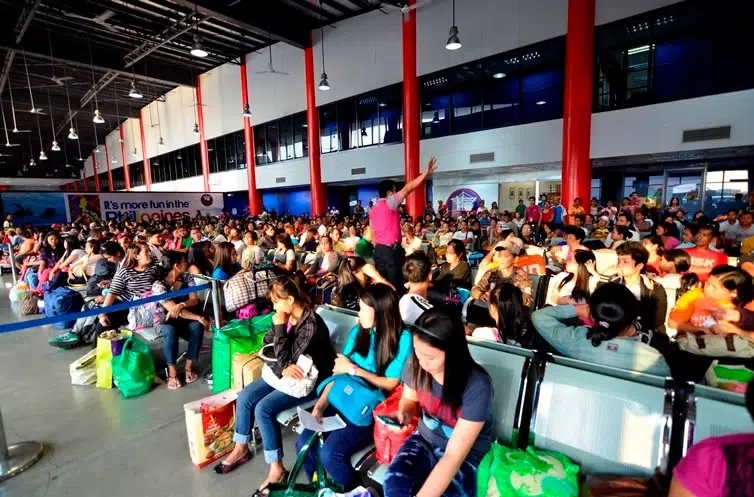Port of Manila
Manila Port is the main seaport for shipments and sea travel to the Philippines. Maritime trade at Manila Bay started as early as the 1500s, during the Spanish colonial period. Up until today, the port of Manila remains the primary gateway for domestic and international commerce.
Port of Manila’s vicinity is made up of 3 sections. We will give you an overview of each area, but this article mostly focuses on the Manila North Harbor.
Manila International Container Terminal
In between Manila North Harbor and Manila South Harbor lies the Manila International Container Terminal (MICT), the largest of its kind in the Philippines. The MICT also boasts of its modern facilities, with a real-time IT control system to manage its operations.
Manila South Harbor
The Manila South Harbor alone takes up 80 hectares of space. It has five piers which are labeled with odd numbers from 3 to 15. According to Asian Terminals Incorporated (the managing group of Manila South Harbor), the piers can accommodate several cruise vessels, military ships, and sea freights all at once.
Manila North Harbor
Although smaller than its counterpart with just 53 hectares, the Manila North Harbor is just as busy as the other terminals. It has seven piers which are labeled with even numbers from 2 to 14. It is the current base of operations for 2GO Travel’s ferries and cargo, specifically Manila North Harbor Pier 4.

Manila Port Operating Hours
As a public transportation terminal, the Port of Cebu is open 24/7. It is under the management of the Cebu Port Authority (CPA). For trip cancellations and weather updates, passengers should contact the Philippine Coast Guard at (032) 402-0489. For trip schedules, passengers should contact their preferred ferry operator.
Cebu Port Authority is open to concerns, complaints, and feedback regarding their management of the port and staff. You may contact them using the numbers listed below. For more details on operating hours, see our route section.
Manila Port Contact Number
Headquarters: Port Area, Tondo, Manila
Contact Numbers: 245-4101 / 528-6000 / 588-9000
Fax: 527-2467 / 588-9011
E-mail: customercare@ictsi.com
Manila Port Facilities / Amenities / Directory
Ferry passenger tickets can be bought at Manila Port’s ticketing counters. There is always a high volume of commuters so it’s wise to reserve tickets online instead of buying tickets on the spot.
There are security guards and x-ray scans upon entering the terminals. If you have a vehicle with you, parking is available. Check-in your luggage before departure then take a seat at the waiting area. There are 2000 chairs available for travelers. In the future, there are plans to build a Manila Port LRT-2 station to make it further accessible to everyone.

Manila Port Schedule
For Fares and Schedules, please use the search tool below or choose your route here.
How to Get to Manila Port (North Harbor)
Travel time will vary depending on where you’re coming from. But we suggest that you leave very early because the City of Manila experiences heavy traffic on a regular basis.
Here’s how to commute to Manila North harbor: take the LRT-2 and get off at Recto. Exit the station and walk towards C.M. Recto Avenue. Take a jeep to North harbor that is labeled “North Harbor-Quiapo via Evangelista”. You can also try to hire a tricycle to take you there directly.
An alternative way to get to Manila Port is to travel from Intramuros. From the walled fortress, walk to the Simon De Anda monument along Bonifacio Drive. Take any jeep that is labeled “Divisoria-Pier” or “Divisoria-Sangandaan”. Ask the jeepney driver to drop you off at the Port of Manila.
Manila Port Online Booking
So many places, so little time! Start crossing off your bucket list by taking a trip to these destinations. Book your bus ticket and go!
Manila Port Ferry Operators and Routes
2GO Travel Ferries have a lot of routes departing from the Port of Manila. However, the schedules are not the same for all routes. It’s always best to come prepared, book your tickets ahead of time to skip the long lines. You can book ferry tickets online via PH Bus.
2GO Travel Ferry Routes from Manila Port
*Click on the routes to be redirected to the ferry schedule which has the exact time of departure.
*There is a “find tickets” button at the bottom of each schedule if you would like to book tickets in advance.
